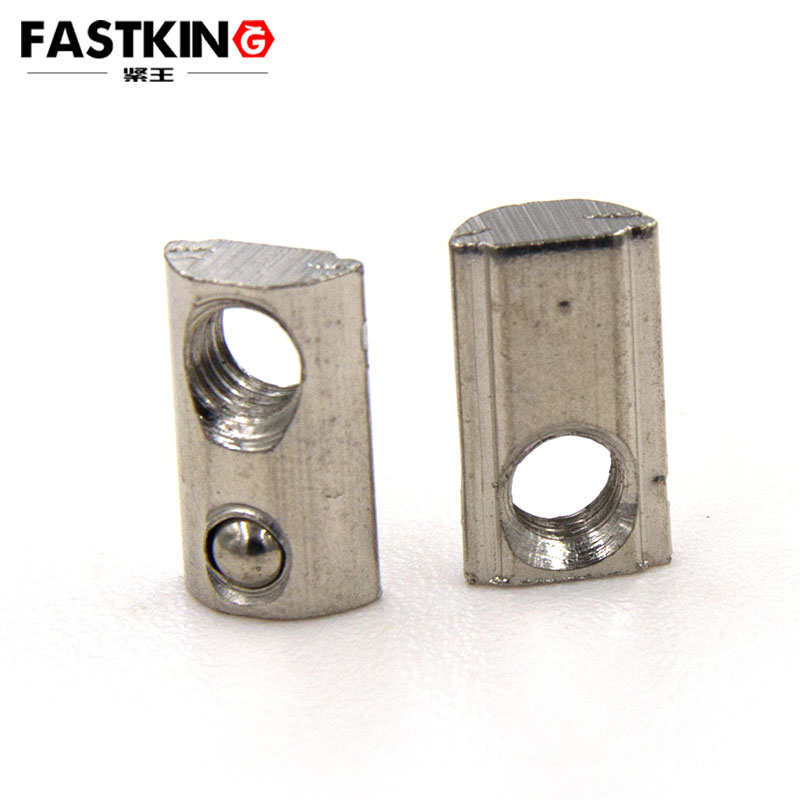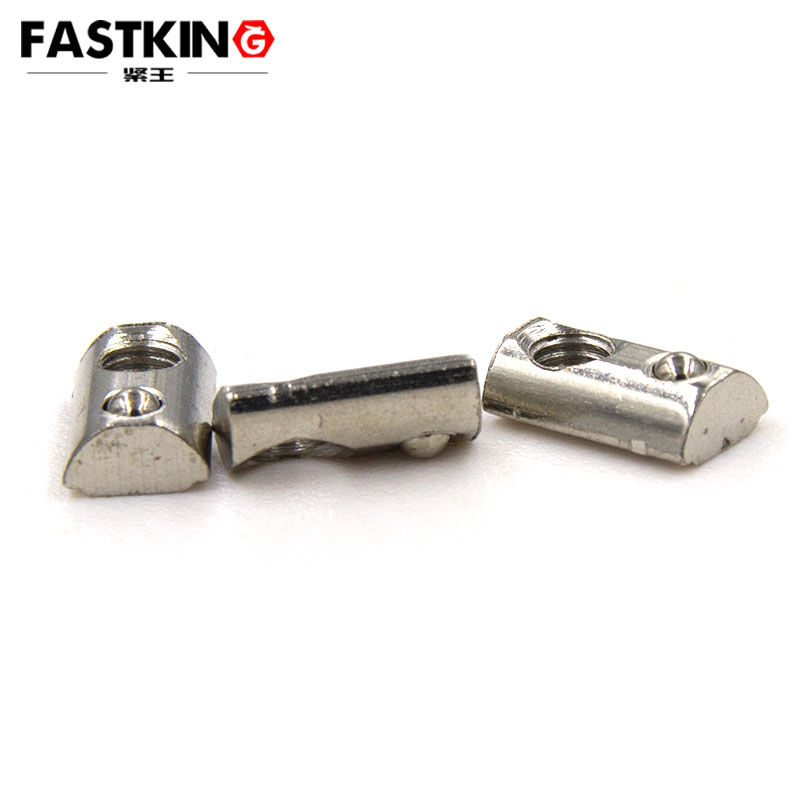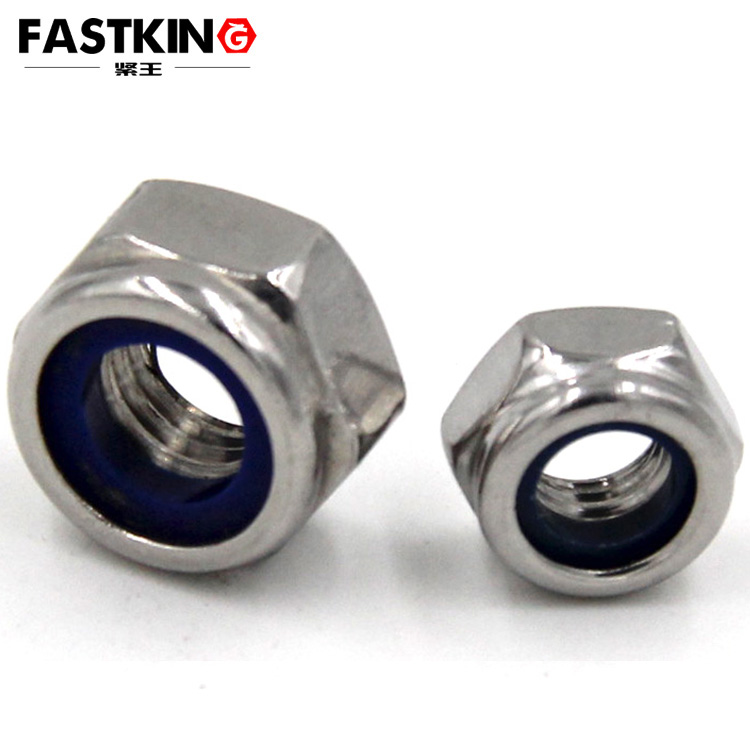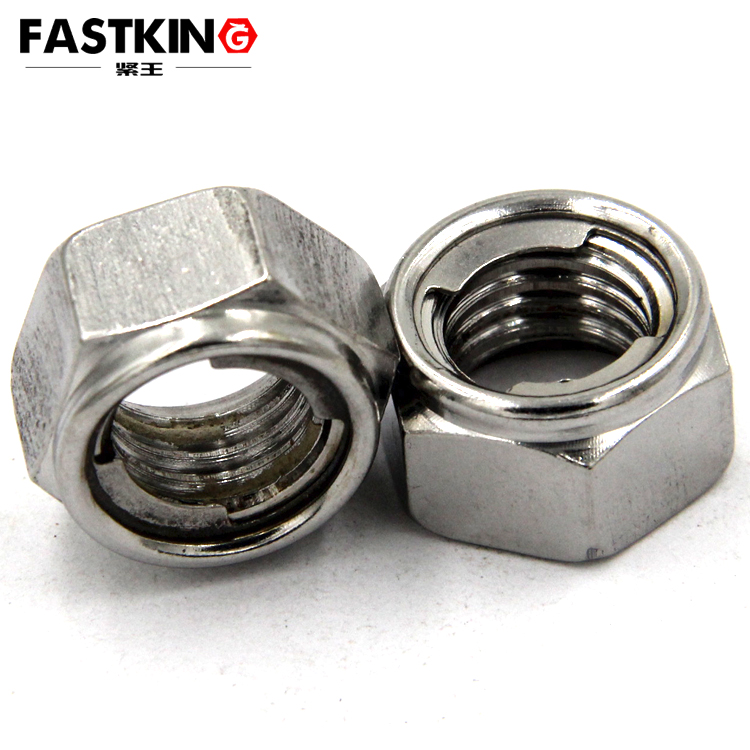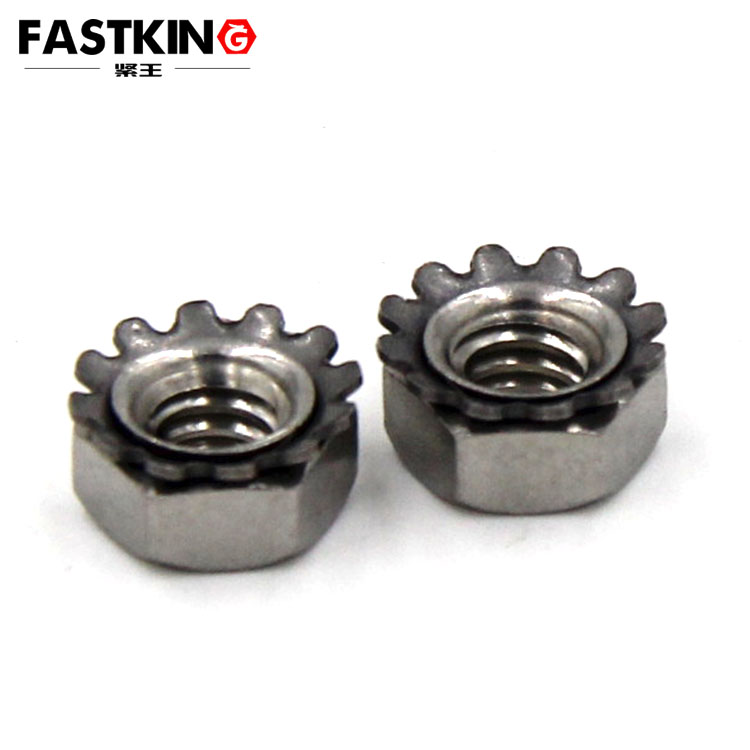- ZHUHAI JIALI HARDWARE CO.,LTD.
- +86-756-8586520
M3M4M5M6 nickel-plated European standard 20 marble nut industrial aluminum profile accessories
- Product description:In modern industry and the assembly of various types of equipment, the selection of fasteners is of crucial importance. As a high-performance fastener, the nickel-plated European Standard Type 20 ball
I. Structure and Design
The structural design of the nickel-plated European Standard Type 20 ball nut is ingenious. Its main body is made of high-quality carbon steel, which provides a solid foundation of strength for the nut, enabling it to withstand large external forces without deformation or damage. A spring-loaded steel ball is installed on the back of the nut, which is the key design feature that distinguishes the ball nut from other ordinary nuts. When the nut is installed into the groove of the European Standard Type 20 aluminum profile, the spring-loaded steel ball will tightly press against the bottom of the profile groove under the action of elastic force, thereby firmly fixing the nut at any assembly position inside the groove. This design eliminates the need for special tools or complex positioning steps during the installation of the ball nut, greatly improving installation efficiency.
II. Advantages of Nickel-Plated Surface Treatment
As a commonly used metal surface treatment process, nickel plating brings numerous advantages to the European Standard Type 20 ball nut. Firstly, the nickel-plated layer has excellent anti-rust performance. In practical application environments, especially in humid conditions or environments with corrosive gases or liquids, nuts made of ordinary carbon steel are prone to rust and corrosion. This not only shortens the service life of the nuts but also may reduce their fastening performance, posing potential safety hazards. However, the nickel-plated layer forms a dense protective film on the nut surface, effectively blocking the contact between oxygen, moisture, and other corrosive substances and the carbon steel substrate, thus significantly extending the service life of the nut. Secondly, the surface of the nickel-plated nut presents a bright luster, which not only enhances the aesthetic appearance of the nut (providing an advantage in equipment or products with high appearance requirements) but also facilitates identification and inspection during the assembly process, ensuring that each nut is installed in place.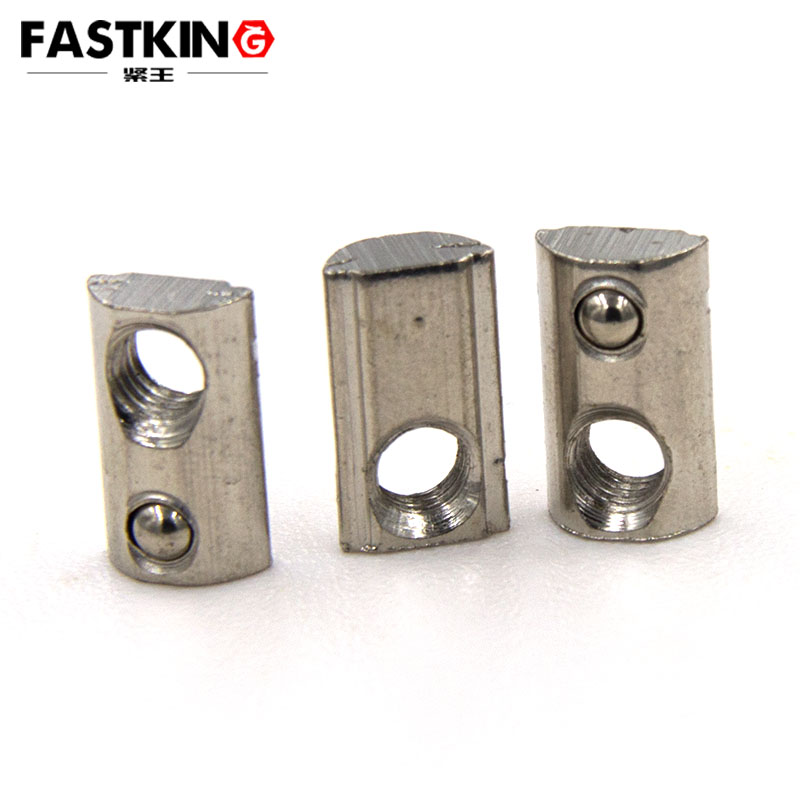

III. Application Fields
1. Industrial Equipment Manufacturing
In the field of industrial equipment manufacturing, nickel-plated European Standard Type 20 ball nuts are widely used. For example, in automated production line equipment, a large number of European Standard Type 20 aluminum profiles are used to construct the equipment's frame structure. Relying on its convenient installation method and reliable fastening performance, the ball nut can quickly and stably connect various components to the aluminum profile frame. This ensures that the connection between components remains firm even when the production line equipment operates at high speed and under high load, providing solid support for the normal operation of the equipment. In the production equipment of industries such as chemical engineering and food processing, where corrosive substances may exist in the working environment, the anti-rust performance of the nickel-plated European Standard Type 20 ball nut becomes particularly important. It can effectively prevent equipment failures caused by nut rust, improving the operational stability of the equipment and extending its maintenance cycle.
2. Furniture and Display Stand Production
In the furniture and display stand production industry, European Standard Type 20 aluminum profiles are highly favored due to their concise appearance, aesthetic appeal, and ease of assembly. The nickel-plated European Standard Type 20 ball nut has become an ideal choice for connecting aluminum profiles. When manufacturing office furniture (such as office desks and file cabinets) and display stands in shopping malls or exhibition halls, ball nuts can easily connect aluminum profiles into various shapes and structures to meet different design requirements. The aesthetically pleasing nickel-plated surface of the nut complements the aluminum profile, allowing furniture and display stands to not only fulfill their practical functions but also achieve an excellent appearance effect, enhancing the overall quality and market competitiveness of the products.
3. Electronic Equipment Assembly
As electronic equipment develops towards miniaturization and lightweight design, higher requirements are put forward for the connection accuracy and stability of internal structural components. The nickel-plated European Standard Type 20 ball nut also plays an important role in electronic equipment assembly. For instance, in the assembly of casings and the fixing of internal brackets for precision electronic instruments, the ball nut can be quickly installed in narrow spaces. Moreover, its good fastening performance ensures that components of the electronic equipment will not loosen due to vibration, collision, or other factors during transportation and use, guaranteeing the normal working performance and reliability of the electronic equipment.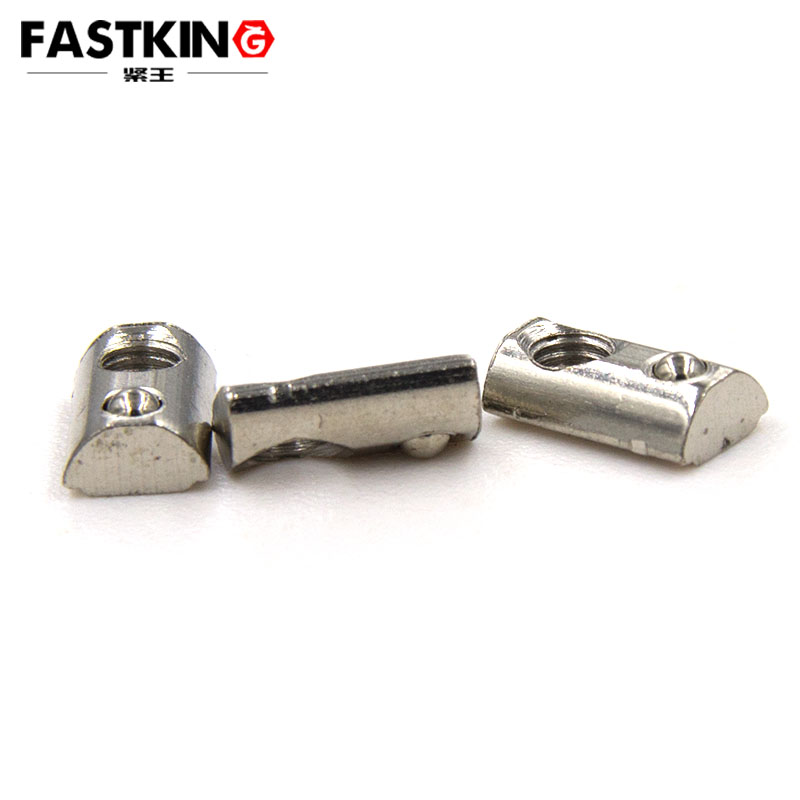

IV. Installation and Usage Precautions
1. Pre-Installation Preparation
Before installing the nickel-plated European Standard Type 20 ball nut, it is necessary to carefully check the size and cleanliness of the aluminum profile groove. Ensure that the size of the profile groove matches the nut specifications, and that there is no debris, dust, or oil stains inside the groove—these substances may affect the installation and fastening effect of the nut. At the same time, select the appropriate specifications of the ball nut according to actual needs; different application scenarios may require nuts of different sizes and models to ensure optimal connection performance.
2. Installation Process
During installation, gently slide the ball nut along the notch of the European Standard Type 20 aluminum profile until it reaches the required assembly position. During the sliding process, pay attention to the contact between the spring-loaded steel ball and the bottom of the profile groove, ensuring that the steel ball can smoothly snap into the bottom of the groove and provide sufficient positioning force. After the nut is installed in place, check the stability of its fixation by gently shaking it or applying a certain amount of external force. If there are signs of looseness in the nut, it may be due to incorrect installation position or problems with the profile groove, and the installation needs to be readjusted.
3. Usage and Maintenance
During usage, avoid applying excessive impact force or torque to the structure where the nickel-plated European Standard Type 20 ball nut is installed, as this may damage the nut or cause it to loosen. Regularly check the fastening status of the nut, especially after the equipment has been in operation for a long time, subjected to significant vibration, or used in harsh environments. Promptly re-tighten any loose nuts. If damage, rust, or other issues are found on the nickel-plated layer of the nut surface, replace the nut in a timely manner to ensure the reliability of the connection and extend its service life.
With its unique structural design, excellent surface treatment performance, and wide range of application fields, the nickel-plated European Standard Type 20 ball nut has become an indispensable fastening component in modern industry and daily life. Whether in the manufacturing of large-scale industrial equipment, or the assembly of small furniture and electronic equipment, it demonstrates outstanding performance and advantages. Through correct installation and usage, its functions can be fully utilized, providing strong support for the stability and safety of various structures.

